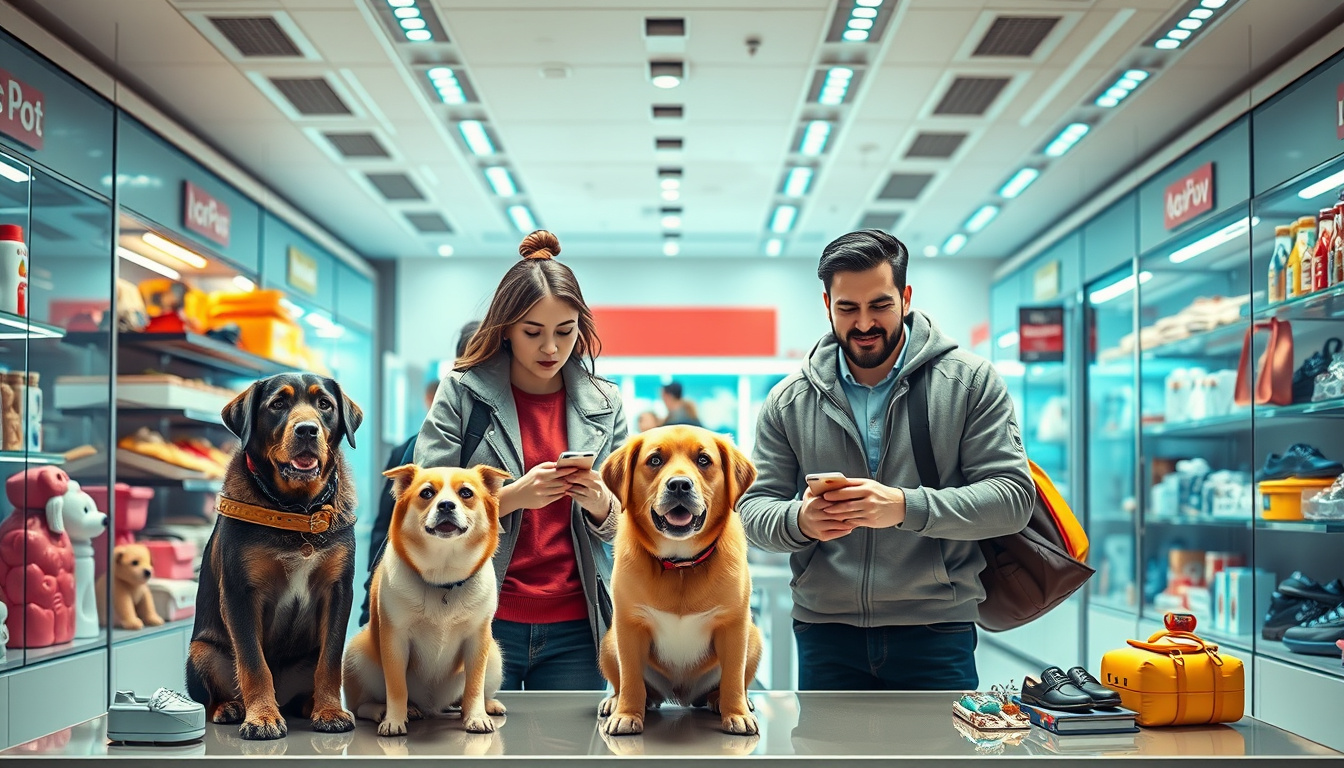
Rising Costs of Pet Ownership: What You Need to Know
Pet costs are rising fast. Pet parents now pay more for food, training, grooming, and care. Rover released the “True Cost of Pet Parenthood Report.” Dog costs may rise by 7% this year. Cat costs might go up by 10%. These changes affect many households that care for their furry friends.
Increasing Monthly Costs for Pet Owners
Many pet owners feel their monthly bills add up. Sara Amato is a 37-year-old web designer in Union City, New Jersey. In 2022, she adopted Finn, a 3-year-old Australian cattle dog mix. Sara spends about $722 each month for Finn. That amount makes around $8,664 each year. She pays for food, insurance, grooming, and training. Sara also spent about $8,804 on one-time costs like extra training and surprise vet bills.
Finn has special needs. He suffers from severe allergies that need regular tests and ongoing immunotherapy. Sara said, “I knew adopting a dog was an investment, but I never expected the costs to be this high.” Despite high costs, she stays committed to keeping Finn healthy and happy.
Average Annual Costs on the Rise
Rover’s report shows dog costs will likely be between $1,390 and $5,295 a year by 2025. Age, size, breed, and health all shape these expenses. Puppies often cost even more, with expenses ranging from $1,520 to $6,415. Cat care costs have also climbed. Kittens may cost between $830 and $3,095 yearly. Adult cats cost between $760 and $3,495 a year. Older cats need more care and cost even more. Rover estimates a typical 10-year-old dog may cost about $34,550. A 16-year-old cat might cost around $32,170. ## Concerns About Tariffs and Inflation
Many pet owners worry about tariffs and inflation. In a survey, 52% of pet parents fear rising costs. According to Rover, pet goods and services are expected to cost more in 2025. Veterinary fees may increase by 11%, grooming supplies by 20%, cleaning products by 183%, and treats by 85%.
Nicole Ellis, a certified dog trainer and pet expert, said many families now face tighter budgets. Pet expenses now form a big part of a household budget. Many owners change their routines just to cover pet needs.
The Changing Landscape of Pet Ownership
The pet industry has changed a lot in recent years. Pets are no longer seen as simple companions. They are part of the family. In 2024, pet owners spent about $150.6 billion on pet care, up from $91 billion in 2018. This fast rise may push the industry to $207 billion by 2030. Nicole Ellis notes that as pet ownership grows more serious, owners spend more to keep their pets well. The love and care for pets drive higher overall spending.
Planning for the Future
With ever-growing pet expenses, planning ahead is wise. According to Rover, only 21% of pet owners include their pets in their wills, even though 40% think about it. Many owners also want tax breaks to help with pet costs. Financial advisers now suggest pet insurance to manage unexpected vet bills. In one survey, 33% of pet owners backed this idea.
Conclusion
The cost of owning a pet is high, yet many pet owners believe that the joy and love they get are worth every penny. “He is my companion, and I will spend whatever I have to make sure that he’s a happy, healthy, fulfilled dog,” said Sara. As pet care costs change, new pet owners need to budget wisely.
For more updates on consumer news, sign up for the USA TODAY Daily Money newsletter.
Betty Lin-Fisher is a consumer reporter for USA TODAY. Follow her on social media @blinfisher.
contact mindful ai media creations here: mindfulaimedia@gmail.com

No comments:
Post a Comment